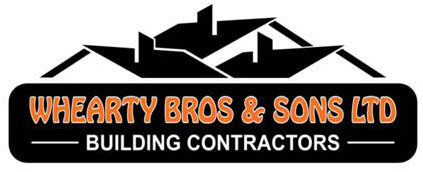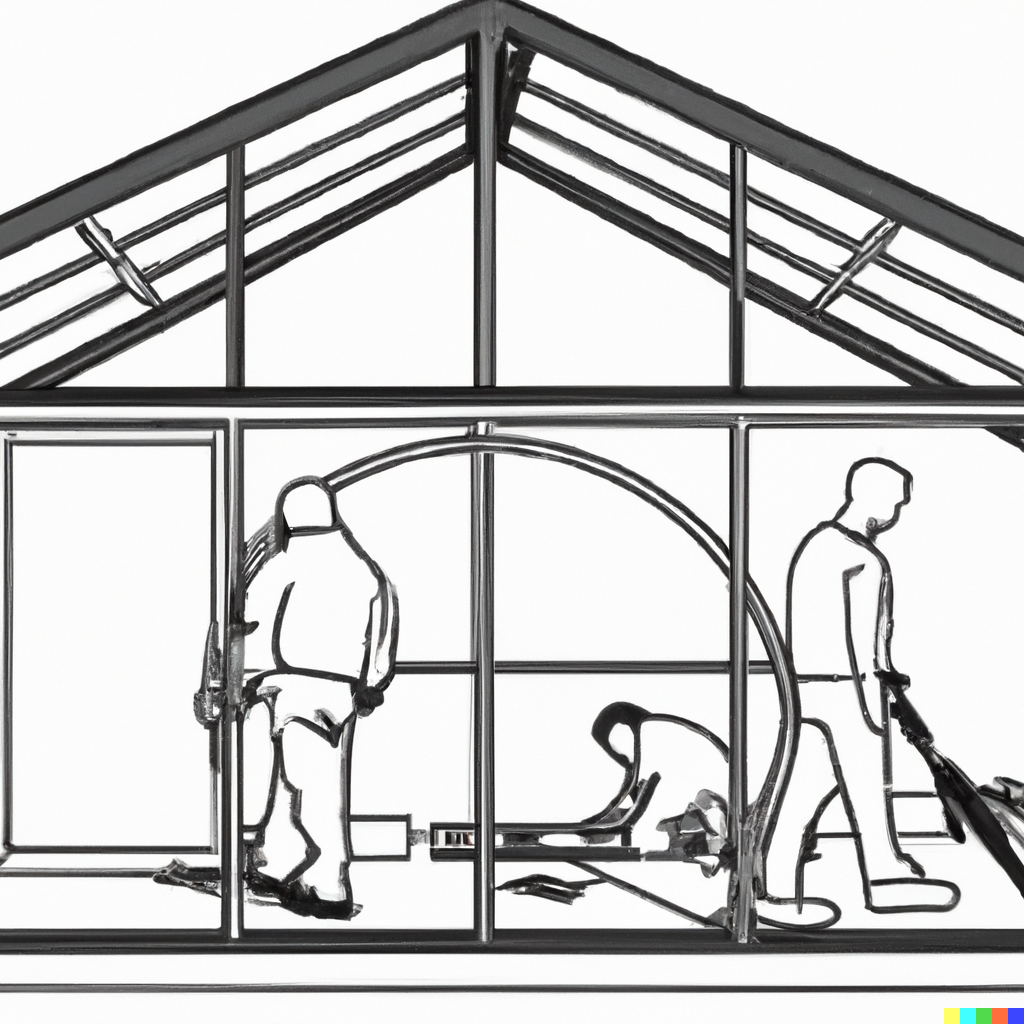Insulating your home is a crucial step towards creating a comfortable and energy-efficient living environment. There are several types of insulation materials to choose from, but cellulose insulation stands out for its unique properties and versatility. Here, we will be taking a closer look at cellulose insulation by Whearty Brothers & Sons LTD and what makes it a top choice for homeowners.
What is Cellulose Insulation?
Cellulose insulation is a type of thermal insulation made from recycled paper products, such as newsprint and cardboard. It is treated with fire-retardant chemicals and insecticides to make it safe for use in homes and buildings. The insulation material is then blown into the walls, ceilings, and floors, creating a tight seal that helps to prevent air infiltration and maintain consistent indoor temperatures.
The Benefits of Cellulose Insulation
There are several advantages to choosing cellulose insulation, including:
- Sustainability: Cellulose insulation is made from recycled materials, making it an environmentally-friendly choice.
- Energy efficiency: The insulation helps to reduce heat transfer, keeping your home warm in the winter and cool in the summer.
- Cost-effectiveness: Cellulose insulation is often less expensive than other types of insulation, making it a cost-effective solution for homeowners on a budget.
- Ease of installation: The insulation can be easily blown into tight spaces and corners, making it a good choice for older homes with irregularly shaped walls and ceilings.
- Durability: The insulation material is treated to resist fire, moisture, and insects, ensuring that it will last for years to come.
Cellulose Insulation Installation
The installation process of cellulose insulation is quick and straightforward. Here are the steps involved:
- Preparation: We remove any existing insulation and prepare the walls, ceilings, and floors for the new insulation.
- Blowing in the insulation: The cellulose insulation is then blown into the walls, ceilings, and floors using specialized equipment.
- Sealing the insulation: We will then use caulking and other materials to seal the insulation in place, preventing air infiltration and ensuring that it stays in place for years to come.
FAQs about Cellulose Insulation
Here are some of the most frequently asked questions about cellulose insulation:
- Is cellulose insulation safe to use in homes? Yes, cellulose insulation is treated with fire-retardant chemicals and insecticides to make it safe for use in homes and buildings.
- How does cellulose insulation compare to fiberglass insulation? Cellulose insulation is often more environmentally-friendly and cost-effective than fiberglass insulation. It also provides better insulation values, helping to reduce heat transfer and keep your home more comfortable.
- Is cellulose insulation a good choice for older homes? Yes, cellulose insulation is a good choice for older homes because it can be easily blown into tight spaces and corners, making it a good choice for irregularly shaped walls and ceilings.
- How long does cellulose insulation last? Cellulose insulation is treated to resist fire, moisture, and insects, ensuring that it will last for years to come.

